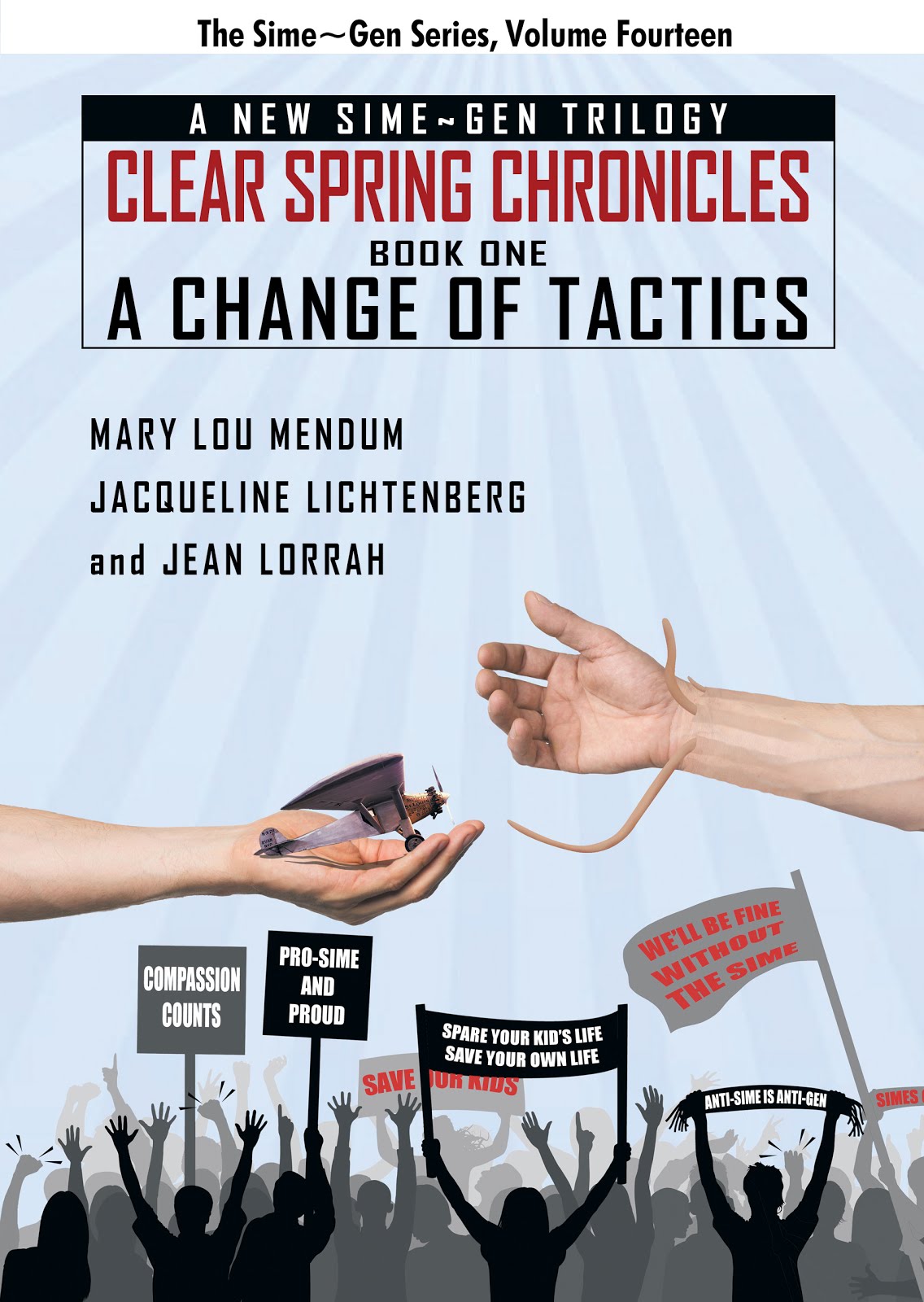Tuesday, March 20, 2012
Election procedures as source of fiction
I've said any number of times here that the essence of fiction is conflict.
I found this video by accident
http://www.youtube.com/user/mhfm1?v=OynCgwmD-HM
It's about the possibility of election rigging using computer programs that count the ballots and make the tallies to just pick the final result and report that result regardless of the actual votes cast.
I posted a long critique of why this video makes an argument that's just plain full of huge logical holes.
http://jacquelinelichtenberg.tumblr.com/post/19631507748/via-mhfm1s-channel-youtube-i-cant-believe-a
You can't prove that something has been done by showing that it can be done.
HOWEVER, that makes this video a marvelous source of FICTIONAL CONFLICT -- plot ideas just abound in almost every line of narrative, and every video clip included.
To see them, though, you must leap out of your everyday real-world mindset and look at this as if you had no clue what a human being is, and have never heard of "Earth" and wouldn't want to ever, anyway.
Become alien enough and you'll jump up and down with discovery of new and fascinating plot ideas.
While you're doing this mental exercise, read this Huffington Post article -- they are running an experiment in their Books section where they are presenting arguments and seeing if the arguments change people's minds. The arguments did not change my mind - on the subject of Chick Lit and genre.
http://www.huffingtonpost.com/2012/03/19/chick-lit-literary-category-debate_n_1365545.html
In the course of my response to the arguments I pointed them to this link:
http://madisonwoods.wordpress.com/2012/02/16/mashup-of-art-and-business-part-2-a-guest-post-by-jaqueline-lichtenberg/
If you've been reading Editing Circle carefully, you already read both parts of that guest blog I did on genre and pitching.
Jacqueline Lichtenberg
Tuesday, March 6, 2012
Newsweek Magazine
Buff Your Brain
EEGs, electrodes that record brain activity, suggest how that happened. The number of bursts of electrical activity called sleep spindles—Walker calls them “champagne pops in the brain”—that people experienced during their naps predicted how much their ability to learn would improve once they awoke. Sleep spindles, he suspects, indicate activity in the hippocampus that moves information from that region into the cortex for permanent storage. It’s like moving data from a USB stick onto a hard drive, which “both consolidates into long-term storage the information you offload and leaves you a renewed capacity for absorbing new information—learning,” says Walker. The better we move information from the hippocampus (working memory) into the cortex, the more information we can access when we need it.
Even without the midday nap, the brain has a way of carving out its own downtime, characterized by what’s called the “default-mode network”—basically, brain activity that takes place when you’re daydreaming or keeping your mind blank. Using functional MRI, scientists at Japan’s Tohoku University measured cerebral blood flow in 63 volunteers asked to keep their minds blank. Those with the greatest blood flow in the white matter that connects one neuron to another scored highest on a task requiring them to quickly generate novel ideas, the researchers reported in the journal PLoS One in November. Creativity arises from seeing connections others miss, so it makes sense that increasing the activity in white matter by letting the brain rest in default mode supports creativity. So put away the BlackBerry and let your brain idle.
http://jacquelinelichtenberg.com















